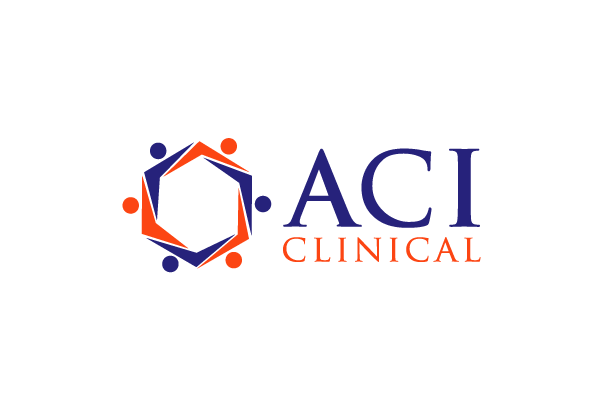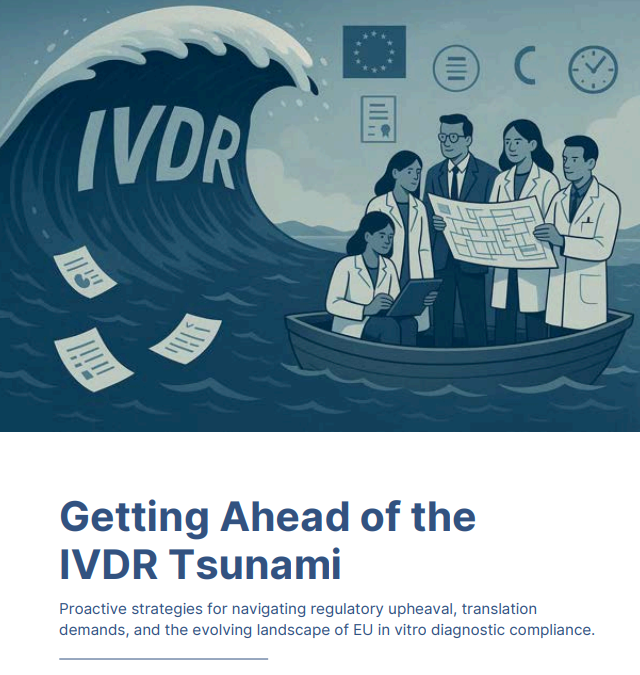Translating Clinical Trials Across Borders: The Role of Audio-Visual Accuracy in Global Studies
Clinical research has stepped away from being regionally concentrated and has become a global enterprise. This change means that the companies and institutions that conduct clinical trials know how to reach more diverse audiences.
However, expanding and accelerating isn’t always so easy. As trials expand into new regions, barriers like language and cultural differences have influenced study accuracy and participant safety. It’s become apparent that every element of communication should be accurately translated for comprehension.
This is where the importance of audio-visual accuracy comes in. Through the help of emerging technologies and best practices, more researchers can develop clear and culturally sensitive translations of video and audio materials to maintain trust among global participants.
The High Stakes of Audio-Visual Translation in Clinical Research
Audio-visual materials are at the forefront of clinical research. They’re important tools in facilitating research and making sure that all participants are on the same page.
Examples of these materials include eConsent videos that simplify complex protocols and patient education modules that explain medication schedules. Additionally, resources like investigator training programs that standardize procedures across global sites are important for comprehension and compliance.
However, when these materials are translated or localized inaccurately, the consequences can be serious. For instance, a mistranslated medical term or poorly dubbed instruction can lead to participant misunderstanding or even ethical breaches.
It doesn’t stop there. Beyond the immediate risk to patient safety, such errors can result in regulatory noncompliance, data invalidation, or delays in trial approval. All of which can cost organizations millions and compromise years of research.
Regulatory and Ethical Requirements for Language Accuracy
When clinical trials take place in different countries, sponsors must follow a range of regulatory and ethical rules about how language is used in study materials.
Several major organizations set these standards, including:
- The U.S. Food and Drug Administration (FDA)
- The European Medicines Agency (EMA)
- The UK Medicines and Healthcare products Regulatory Agency (MHRA)
- The International Council for Harmonisation’s Good Clinical Practice (ICH-GCP)
All of these agencies share one main goal: no matter where a participant lives or what language they speak, they can clearly understand the information provided to them.
To achieve this, sponsors use two main processes: linguistic validation and back translation. Linguistic validation includes several steps, such as translation, expert review, and testing with native speakers. These steps make sure that the translated version has the same meaning, tone, and intent as the original.
Back translation adds another level of accuracy. In this step, a different translator re-translates the material back into the original language. This helps identify errors, missing details, or cultural differences that may have changed the message.
Together, these processes help ensure that clinical trial materials are both accurate and culturally appropriate, protecting participants and maintaining the integrity of global research.
Best Practices for Maintaining Audio-Visual Integrity
As clinical trials become more global, maintaining audio-visual integrity becomes even more important. Here are some best practices to do so:
Collaborative Workflows
Effective communication begins with collaboration. Sponsors, Contract Research Organizations (CROs), medical translators, and localization experts must work in close partnership throughout every phase of the trial. This includes aligning on terminology and technical standards before production begins.
A collaborative workflow also means early detection of inconsistencies. For example, when people working on a clinical trial review the same script in parallel, discrepancies can be corrected before they reach participants.
Quality Control and Review Cycles
An excellent quality assurance framework is important for maintaining audio-visual integrity. This typically involves multiple review stages to confirm both linguistic and scientific accuracy. Using audio-visual systems that ensure clarity and precision can also help standardize recordings and verify that each translated version matches the original content perfectly.
Beyond regulatory checks, linguistic validation and back translation provide essential safeguards against misinterpretation. Independent subject-matter experts and medical reviewers can audit translated voiceovers and subtitle scripts to verify that terminology aligns with approved clinical usage.
Participant Feedback and Local Testing
Before audio-visual materials are finalized, testing them with local audiences helps reveal cultural and linguistic nuances that formal reviews may miss. Even a technically accurate translation may not feel natural or clear to the intended participants.
This is where focus groups or comprehension surveys come in. These participant feedback can identify elements that don’t translate well across cultures. It’s a way to provide a real-world perspective on how materials are received and understood.
Continuous Improvement
Maintaining audio-visual integrity is not a one-time effort. It requires continuous improvement. Feedback from field sites, regulators, and participants should inform updates to future translations and workflows. Establishing a central database of validated terminology and approved media assets can streamline future projects and reduce risk.
Remember that global studies evolve fast, and communication practices must evolve with them. Embedding into every phase helps research teams meet compliance standards and trust. And in clinical research, trust is what keeps global collaboration both ethical and effective.
The Bottom Line
As clinical trials become more global, accurate multilingual communication has become imperative to scientific and ethical integrity. More researchers realize that each translation is important in preserving data quality and upholding trust in the communities they serve.
Accurate translations are an important factor in how we effectively integrate culturally accurate translations. Maintaining best practices helps strengthen the integrity and inclusivity of global science.
Check out Language Scientific for all your clinical trial protocol translation needs and our clinical translation use cases.
Or Contact Us to learn more.









